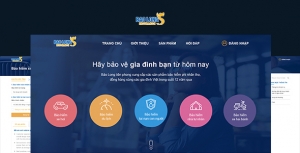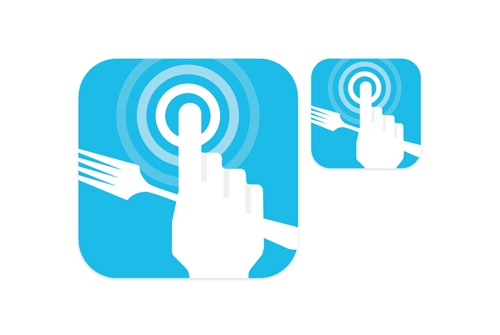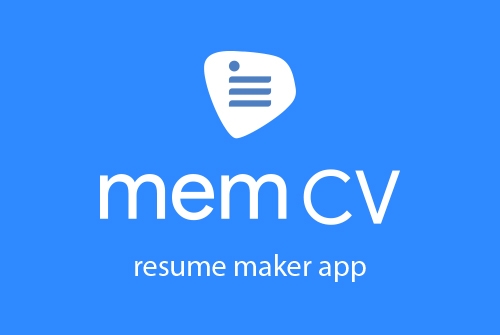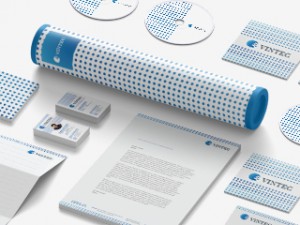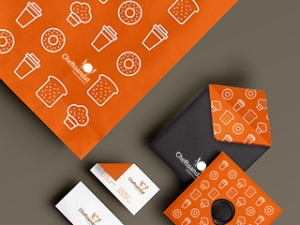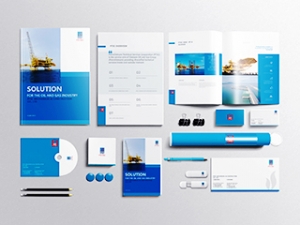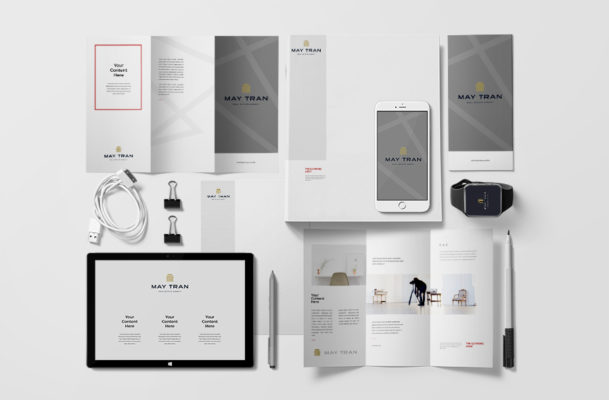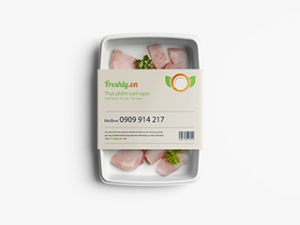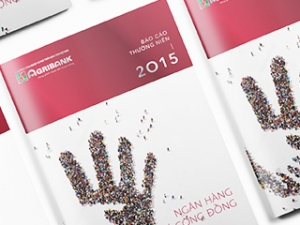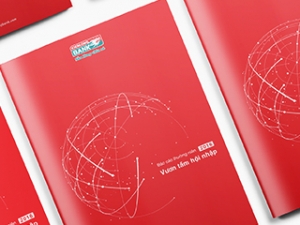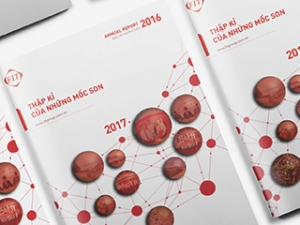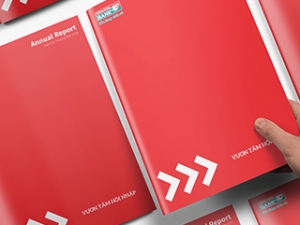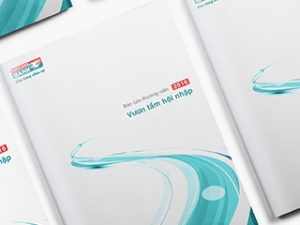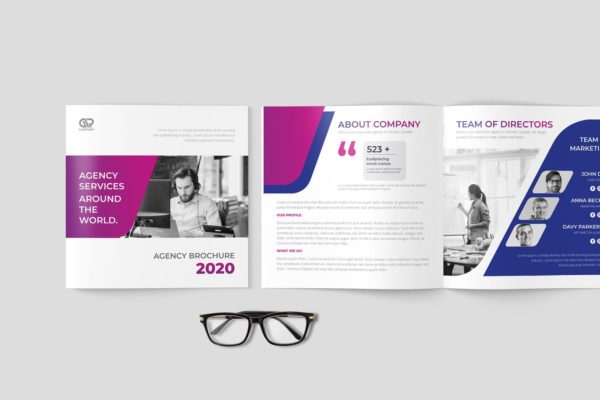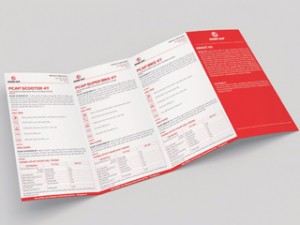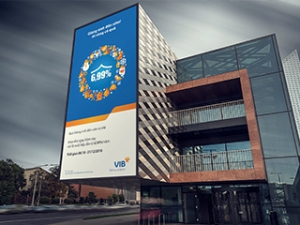Design Thinking is a 5-step process to come up with meaningful ideas that solve real problems for a particular group of people. The process is taught in top design and business schools around the world. It has brought many businesses lots of happy customers and helped entrepreneurs from all around the world, to solve problems with innovative new solutions.
Support our channel:
Visit us at http://www.patreon.com/sprouts
Crash Course:
https://dschool.stanford.edu/resources/virtual-crash-course-video
Guide for Facilitators:
https://dschool.stanford.edu/resources/gear-up-how-to-kick-off-a-crash-course
Entire Script:
Step 1: Empathize
The purpose of step one is to conduct interviews that give you an idea about what people really care about. We need to empathize with their situation.
For example, if you want to help old people, you might find that they want to keep the ability to walk around. In your conversations, they might share with you different ways they can do that. Later into the interview you’ll want to dig a little deeper, look for personal stories or situations where things became difficult. Ideally, you redo the process with many people with the same problem.
Step 2: Define the Problem
Looking at the interviews, you can now understand the actual needs that people are trying to fulfill with certain activities. One way to do that is to underline the verbs or activities that the people mentioned when talking about their problems: like going for a walk, meeting old friends for tea, or simply going grocery shopping around the corner store. You might realize it’s not so much about going out, but more about staying in touch. After your analysis, formulate a problem statement: “Some elderly are afraid to be lonely. The want to stay connected.”
Step 3: Ideate
Now focus only on the problem statement and come up with ideas that solve the problem. The point is not to get a perfect idea, but rather to come up with as many ideas: like unique virtual reality experiences, senior friendly hover boards or a modified pushcart. Whatever it is, sketch up your best ideas and show them to the people you are trying to help, so you get their feedback.
Step 4: Prototype
Now take a moment to reflect on what you have learned from your conversations about the different ideas. Ask yourself, how does your idea fit in the context of people’s actual lives. Your solution could be a combination of a new idea and what is already being used. Then connect the dots, sketch up your final solution and go build a real prototype that’s just good enough to be tested.
Step 5: Test
Now test your prototype with actual users. Don’t defend your idea in case people don’t like it, the point is to learn what works and what didn’t, so any feedback is great. Then go back to ideation or prototyping and apply your learning. Repeat the process until you have a prototype that works and solves the real problem. Now you are ready to change the world or open shop.
To experience design thinking first hand, do the free virtual design thinking crash course from Stanford’s D-School right now. You will learn to design a new gift giving experience. Find the link and a guide for facilitators in the description below. After you are done, share your experience and gift idea in the comment To learn more about creative and critical thinking, check out our other sprouts videos. And if you want to support our channel, visit http://patreon.com/sprouts.
Memilus Creative Agency
Hochiminh Office
Room 901, Level 9, Vietcomreal Tower,
68 Nguyễn Huệ Street Dictrict 1 Hochiminh Vietnam
(+84) 028 3968 3020
contact@memilus.com
The Design Thinking Process






